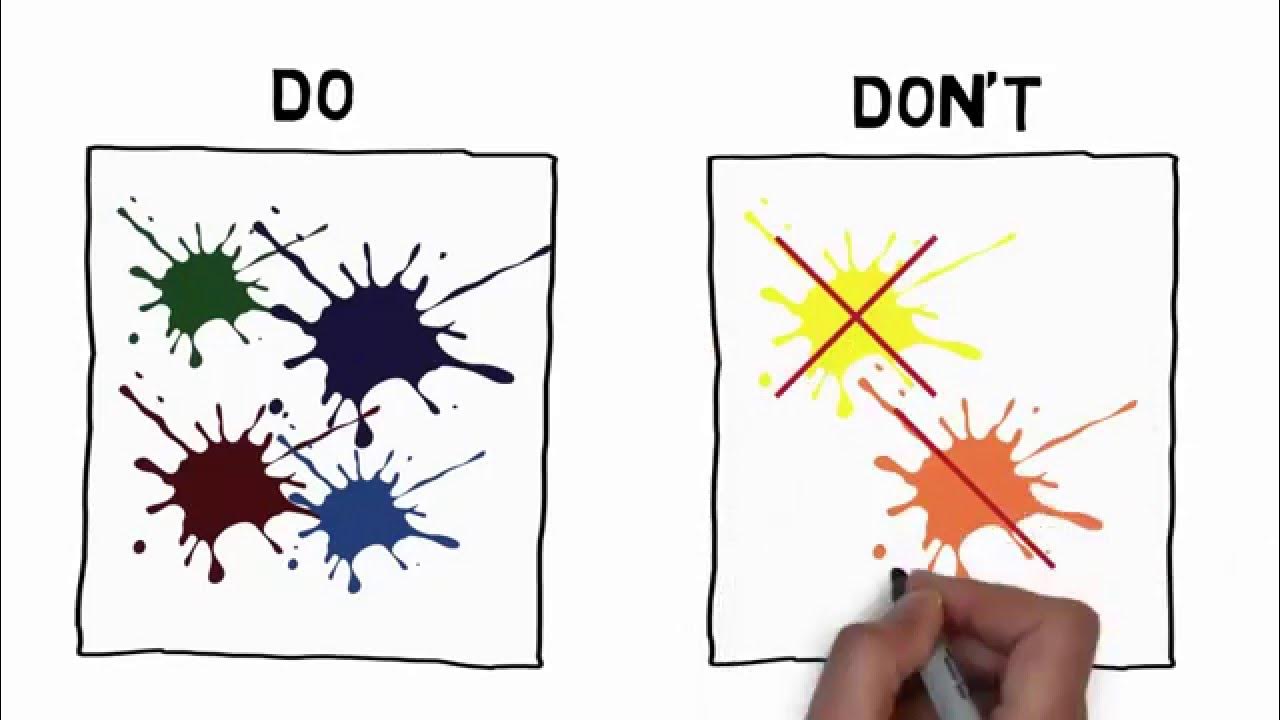How to organize your thoughts when speaking
Summary
TLDRThis video provides practical tips for effectively organizing and communicating your ideas. It highlights three key strategies: starting with a quote to engage the audience and establish credibility, using intentional visuals to show contrast and change, and ending with a simple action step that encourages consistency. The speaker shares insights from law and management consulting to help you remember your key points, keep your audience engaged, and leave a lasting impression. These methods help streamline your communication, making it more impactful and memorable.
Takeaways
- 💬 The world rewards those who are best at communicating ideas, not necessarily those with the best ideas.
- 📜 Start with a quote to quickly capture attention, establish credibility, and set the stage for your main point.
- 🤝 Using quotes from trusted sources can help align your audience with your message and make them more receptive.
- 🎯 Quotes also act as anchor points, helping both you and your audience stay focused and guide the flow of the conversation.
- 🖼️ Use intentional visuals that highlight change and contrast to make your points clearer and more impactful.
- ⚡ Visuals are processed much faster by the brain than words, making it easier for both you and your audience to remember key ideas.
- 📈 Visual aids showing contrast and change help reinforce decision-making and understanding of concepts.
- 🚀 Make sure to end with a simple, actionable step that your audience can easily take, leveraging human consistency bias.
- 🧠 Simple actions lead to long-term commitment, as people feel compelled to act on their prior commitments.
- 🔗 Organize your presentation with quotes, visuals, and a simple closing action to ensure lasting impact and clarity.
Q & A
What is the main point of the video?
-The main point of the video is to provide strategies for organizing thoughts and communicating ideas effectively, using techniques like starting with quotes, using intentional visuals, and ending with simple action steps.
Why does the speaker recommend starting with a quote?
-The speaker recommends starting with a quote because quotes are concise, impactful, and get straight to the point, helping to avoid rambling at the beginning of a talk. Quotes also establish credibility and prime the audience for the topic.
How can quotes help establish credibility according to the video?
-Quotes help establish credibility because they allow you to align yourself with a known expert, which reduces defensiveness in the audience and makes them more open to listening to your argument.
What does the speaker suggest about visuals in presentations?
-The speaker suggests using intentional visuals that highlight change or contrast. These visuals help simplify complex concepts, aid in faster information processing, and make ideas more memorable for both the audience and the speaker.
What are the two key functions of using visuals, according to the speaker?
-The two key functions of using visuals are: (1) to help the brain process information more quickly, and (2) to enhance recall because visuals are easy to process and make a lasting impression.
Why is it important to end a presentation with a simple action item?
-Ending with a simple action item is important because it encourages the audience to act without feeling overwhelmed. Simple tasks are more likely to be completed, and over time, they can lead to larger commitments through consistency bias.
What is 'consistency bias' and how does it relate to action items?
-Consistency bias refers to the tendency for people to want to remain consistent with their prior commitments. If the speaker suggests a simple action item, the audience is more likely to remember and follow through, leading to larger actions over time.
How does the speaker recommend organizing a presentation to avoid getting nervous or forgetting points?
-The speaker recommends using quotes to anchor the presentation, visuals to guide both the speaker and the audience, and simple action steps at the end. These elements reduce the need to memorize everything and help the speaker stay focused.
What is the role of change and contrast in effective communication?
-Change and contrast are important because they help provide context to the message, making it easier for the audience to understand why something matters. It also makes the argument more compelling by showing the differences and what might need to change.
How can the strategies discussed in the video make a presentation more engaging?
-The strategies, such as using quotes to start strong, visuals to illustrate key points, and simple action steps to end, keep the audience engaged by providing clarity, establishing credibility, and making the information easier to remember and act upon.
Outlines

Esta sección está disponible solo para usuarios con suscripción. Por favor, mejora tu plan para acceder a esta parte.
Mejorar ahoraMindmap

Esta sección está disponible solo para usuarios con suscripción. Por favor, mejora tu plan para acceder a esta parte.
Mejorar ahoraKeywords

Esta sección está disponible solo para usuarios con suscripción. Por favor, mejora tu plan para acceder a esta parte.
Mejorar ahoraHighlights

Esta sección está disponible solo para usuarios con suscripción. Por favor, mejora tu plan para acceder a esta parte.
Mejorar ahoraTranscripts

Esta sección está disponible solo para usuarios con suscripción. Por favor, mejora tu plan para acceder a esta parte.
Mejorar ahora5.0 / 5 (0 votes)






